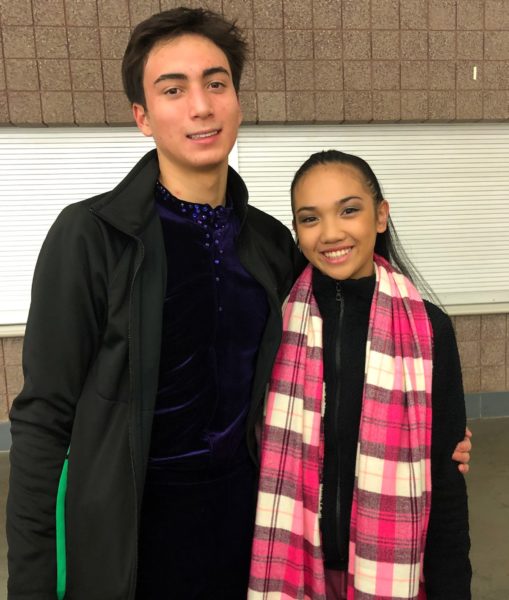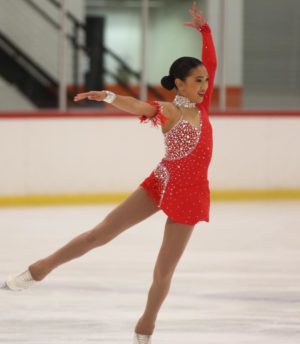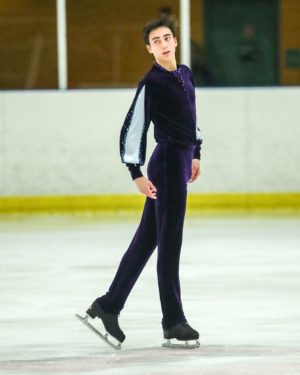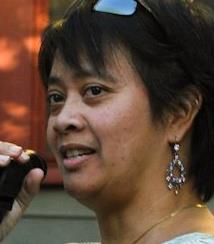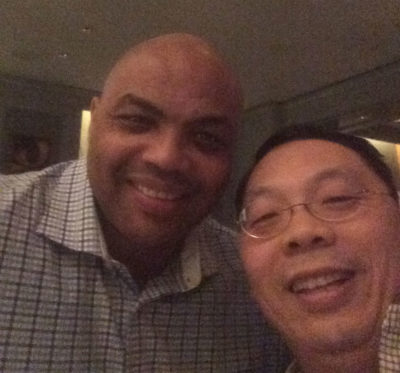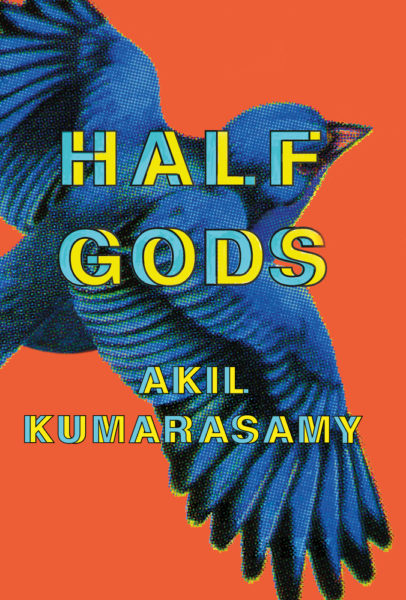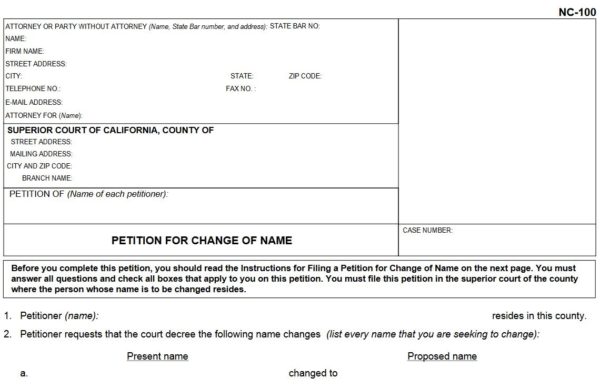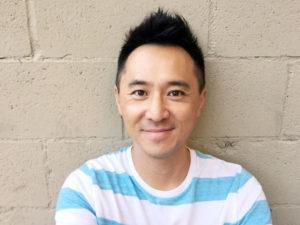 Back in September 2018, I did a review of a movie Baby Steps on 8Asians. The movie was written, directed and starred Barney Cheng. I was still so intrigued with the movie, that I got in contact with Barney and asked him to do this 8Questions segment for 8Asians.
Back in September 2018, I did a review of a movie Baby Steps on 8Asians. The movie was written, directed and starred Barney Cheng. I was still so intrigued with the movie, that I got in contact with Barney and asked him to do this 8Questions segment for 8Asians.
Before we get to the questions, a little bit about Barney from his wikipedia page
Barney Cheng is a Taiwanese-American actor, director, writer and producer. Cheng was born in Taipei, Taiwan. His family emigrated to the United States when he was 12 years old and he grew up in Brea, California. He speaks Mandarin Chinese and Taiwanese Hokkien fluently.
and from his own official site:
Barney Cheng landed on the Hollywood map as an actor in 2002 with his acclaimed performance in Woody Allen’s Hollywood Ending. The New York Times described Barney’s comedic timing as “surgically precise.” The Orange County Register raved that Barney “steals every scene he’s in.” Barney accompanied Woody Allen to promote the film and to open the 55th Cannes Film Festival.
On to the questions:
1. How did you get the idea for the movie Baby Steps?
I came across a story about a gay couple from Israel. They wanted to have a baby, but since it was illegal for gay couples to hire surrogates in Israel, they flew to the U.S. to work with an American egg donor. They flew to India to transfer the embryos to an Indian surrogate. Nine months later, they traveled across the globe to pick up their baby. I was intrigued by the couple’s emotional and physical journey, and I could see that as a movie. Then I thought, “What if it were my life? What if I had a partner, and we decided to have kids?” Baby Steps was conceived.
2. You wrote, directed and starred in Baby Steps, how similar are you to the main character Danny?
Very different. The movie is fictional. I’m single and don’t have kids. However, the film is inspired by the relationship between my mother and me. She definitely evolved throughout the years. The more than 20 years of her evolution — coming to terms with my coming out to full acceptance — was captured in the 90-minute film!
3. What advice would you give a gay Asian American who wants to be a parent?
To be visible, open and out. It’s important to be proud of who you are and be a role model for your child. Being in the closet conveys a message of shame, and that would be detrimental to the child’s development.
4. I read that you showed Baby Steps in mainland China. What was that like?
The State Department under the Obama Administration hosted U.S. embassy screenings of the film in six cities in China. At the screenings, the staff at the American consulates handed out study guides to highlight American culture and LGBT marriage equality. After the screenings, I was surprised to learn that many Chinese audiences didn’t think that the story was plausible. It seemed like a fairy tale to many Chinese audiences. Many of them just couldn’t imagine coming out to their parents and getting the kind of acceptance that Danny received. They also couldn’t imagine living openly as gay people and having children as gay parents.
5. Who are your role models and influences on your work?
I don’t have specific role models for my work, but as a storyteller, I always aim to be authentic, real and truthful.
6. Compared with Danny, how supportive have your parents been in your career, life, and movies?
I remember when we were filming Baby Steps in Taipei, my mother would make me breakfast each morning to make sure that I was well-prepared for the long, hectic day ahead. We would have early 5 o’clock calls, and my mom would get up at 3:00 a.m. to make me breakfast. She didn’t have to say anything, but I felt that she cared. Taiwanese parents rarely say explicitly “I love you” or “I care about you.” They show through actions.
The movie was released theatrically in Taiwan. When we were promoting for the release, it was very important to me to be an openly out filmmaker and actor. One of the important themes of Baby Steps is being open and authentic, and our promotion campaign had to be consistent with that vision. My mom joined me on a TV talk show to promote the film. My mother openly shared her struggles of coming to terms with having a gay son. She invited all of her friends to see the film in theater. And my mother enrolled friends and relatives to join her at marriage equality rallies in Taiwan. Through Baby Steps, she “came out.”
7. Do you have any new projects in the works you can tell us about?
I’m developing a TV series called “Curated Lies,” and it centers around an Asian-American family in a wine country. I’ve recently finished filming a transgender love and acceptance video for the Asian-American LGBTQ community. It’s called A Love Letter. Please check it out: https://youtu.be/irjUBWxgSPY
8. Where can someone watch “Baby Steps” now?
All digital platforms. We recommend Amazon: https://tinyurl.com/yawje8ry
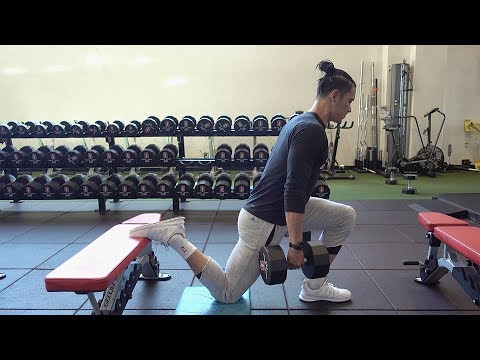 I also liked the “behind the scenes” type conversations about life in the NBA described in this segment – little tidbits about how different levels of players have to deal with practice jerseys, adjusting to a new team, and tricks that other players use to their advantage (e.g. Vince Carter chatting up players on the court to distract). Other interesting parts of the conversation include why Lin has a video production team and Youtube channel – he felt that if he didn’t get his own voice out, other voices which had stereotypical attitudes about Asian Americans would dominate. I particularly enjoyed him making fun of Cornell University, mocking it as a lower tier Ivy and comparing it to a younger sibling who is jealous of everything (sorry John!).
I also liked the “behind the scenes” type conversations about life in the NBA described in this segment – little tidbits about how different levels of players have to deal with practice jerseys, adjusting to a new team, and tricks that other players use to their advantage (e.g. Vince Carter chatting up players on the court to distract). Other interesting parts of the conversation include why Lin has a video production team and Youtube channel – he felt that if he didn’t get his own voice out, other voices which had stereotypical attitudes about Asian Americans would dominate. I particularly enjoyed him making fun of Cornell University, mocking it as a lower tier Ivy and comparing it to a younger sibling who is jealous of everything (sorry John!).
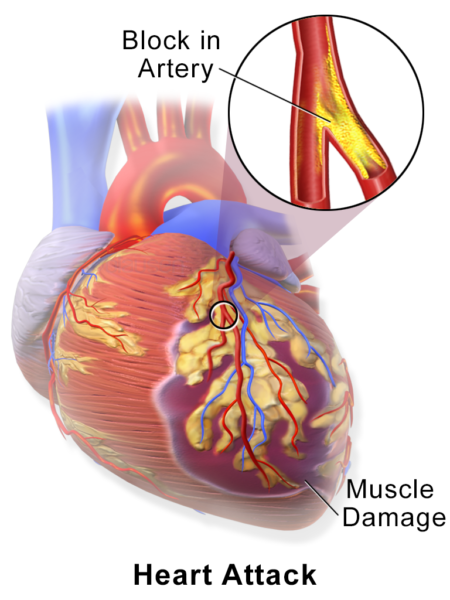
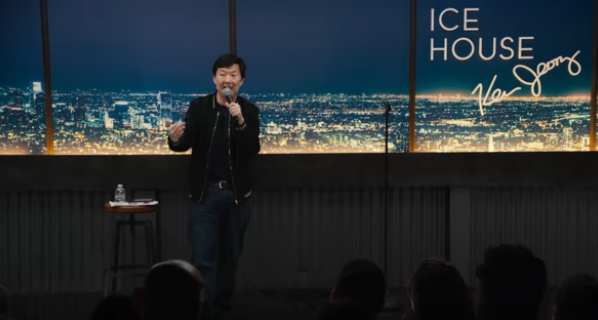
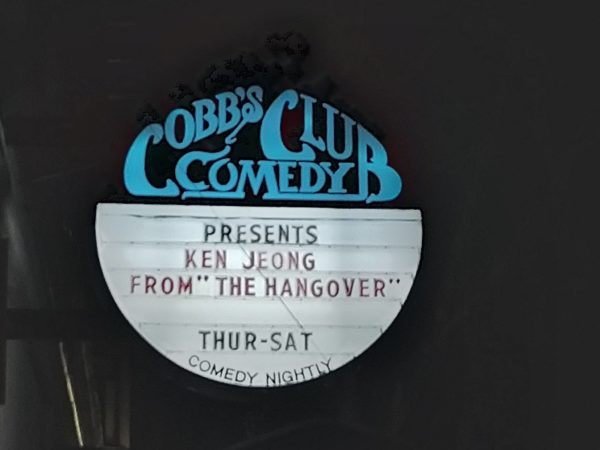
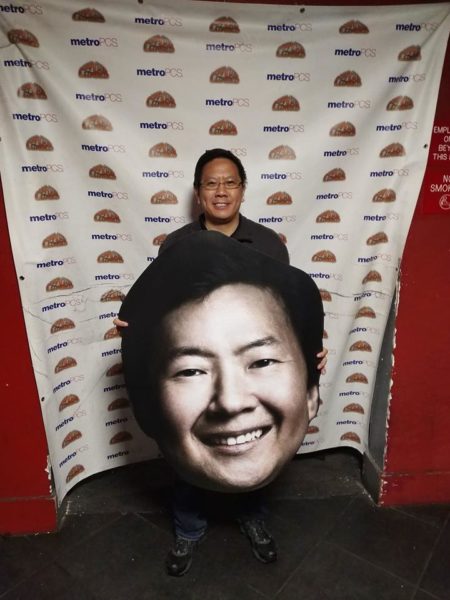
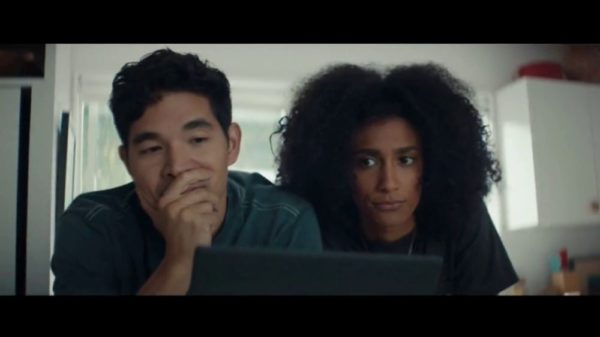

 Back in September 2018, I did a review of a movie
Back in September 2018, I did a review of a movie 